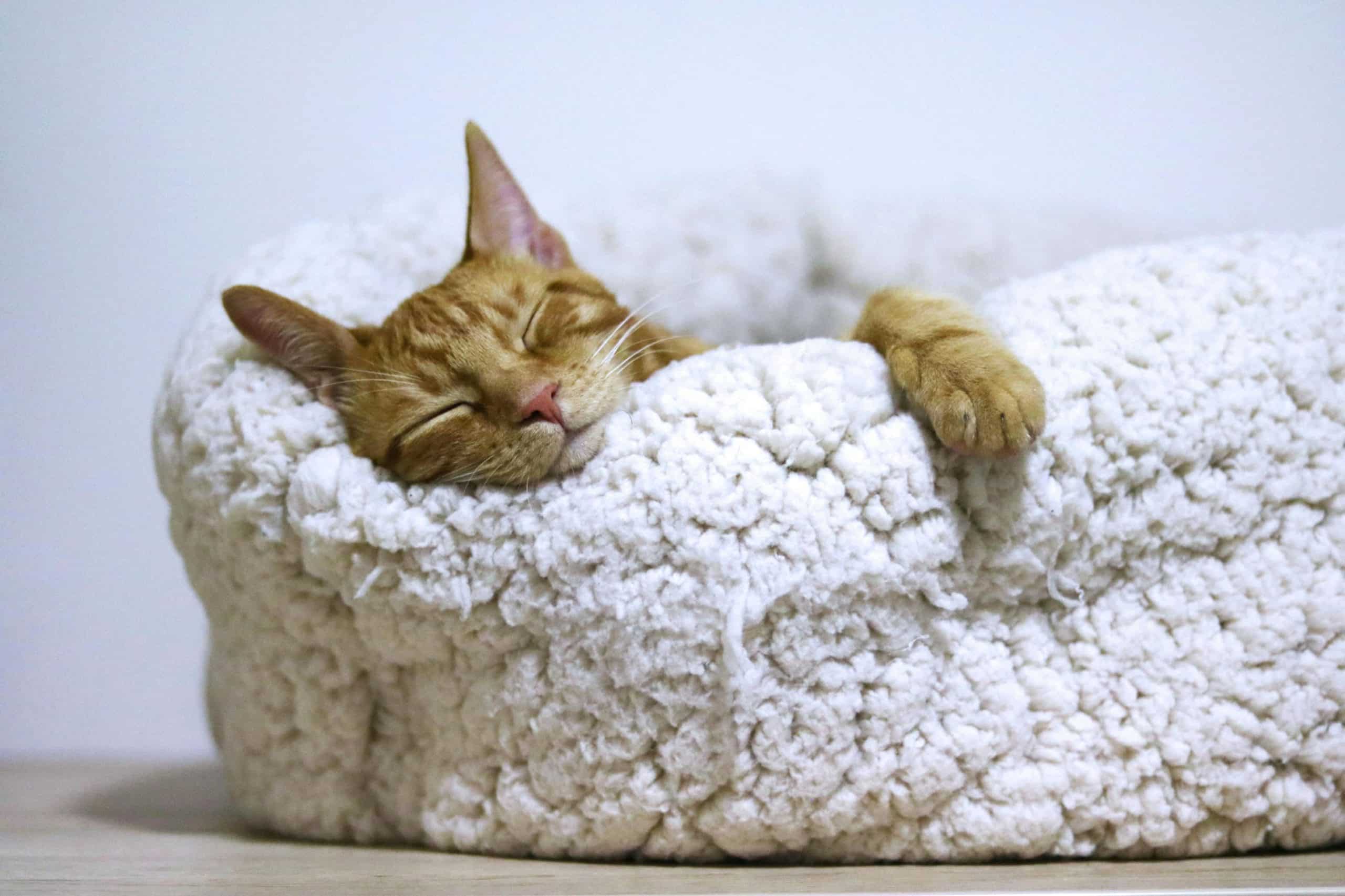What Are the Dangers of Mold in an HVAC System?
Mold can be a major health hazard if it goes unnoticed, leading to serious breathing and respiratory problems. When it comes to home heating and cooling systems, mold can grow quickly in dusty or damp environments, like your ductwork, creating a dangerous situation for homeowners and their families.
Mold is a type of fungus that thrives in damp and dark environments where there is limited ventilation. While some types of mold are harmless, certain varieties can cause significant health issues when inhaled by humans over long periods – making it especially important to check for signs of mold growth, especially if you’ve recently noticed a strange odor coming from your ductwork. The key is to catch any potential issues before they become too severe!
In this blog post, we’ll explore the signs of potential mold growth in your HVAC ducts, what to do if you suspect you have an issue, and how to prevent mold from growing in the future.
What Are the Signs of Mold Growth in Your HVAC System?
If you are concerned about the potential for mold growth in your HVAC ductwork, you can gain some peace of mind from learning to spot the signs that mold and mildew are present. Not only will this allow you to take charge of the situation as soon as it becomes apparent, but through early detection, you can nip the problem in the bud before it turns into a bigger, more expensive issue.
Signs that you may have mold growing in your ductwork:
- Stale, musty orders in your home, especially when your HVAC system or fan is running
- Excess humidity or condensation in your home
- Water staining and discoloration around vents, on your walls, or on your ceilings
- Visible signs of mold or mildew growing on your ducts, vents, or surrounding areas
If you have recently had a leak in an area near your ductwork or a situation in which water or moisture was introduced into your ductwork, you are more likely to suffer from mold growth. Furthermore, mold growing in other areas of your home can travel to your ductwork through air intakes and then be distributed throughout your home. As such, it is critical that if you suspect a mold issue in your HVAC system, you contact our team as soon as possible to address it.
How Are HVAC Mold Issues Dealt With?
Mold issues inside HVAC ducts can typically be fixed with a thorough cleaning and sanitizing of the affected area. This includes using specialized products to disinfect the surfaces, vacuuming all dust particles, and replacing insulation or other materials that have been contaminated. Depending on the severity of the problem, professional HVAC technicians also may need to inspect and repair any damaged components of your system.
The proper treatment of mold is essential to preventing mold from continuing to grow in your HVAC ducts after it has been detected. If you have struggled with mold growth in the past or are looking for ways to prevent it in the future, you have a few options.
Options for preventing mold growth in your HVAC system and ductwork:
- Schedule routine duct cleaning every three to five years (our duct cleaning specialists can help you determine the cleaning cadence that makes the most sense for your system)
- Utilize indoor air filters, cleaners, and purifiers to help reduce mold spores and other contaminants in your home.
- Install UV germicidal lights inside your ductwork
- Install exhaust fans in areas more prone to moisture and mold, such as bathrooms, laundry rooms, and kitchens
If your entire home suffers from humidity issues, it is worth discussing whether a whole-home dehumidifier or energy recovery ventilator would work for you. At Premier Indoor Comfort Systems, we understand how damaging mold and mildew growth can be to your ductwork, your HVAC system, and your health. Our indoor air quality and duct cleaning specialists can help keep your home mold-free. Give us a call or send us a message online for more information.
